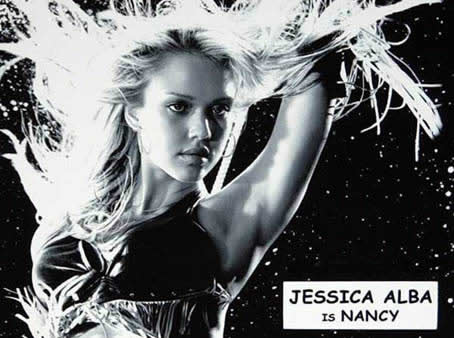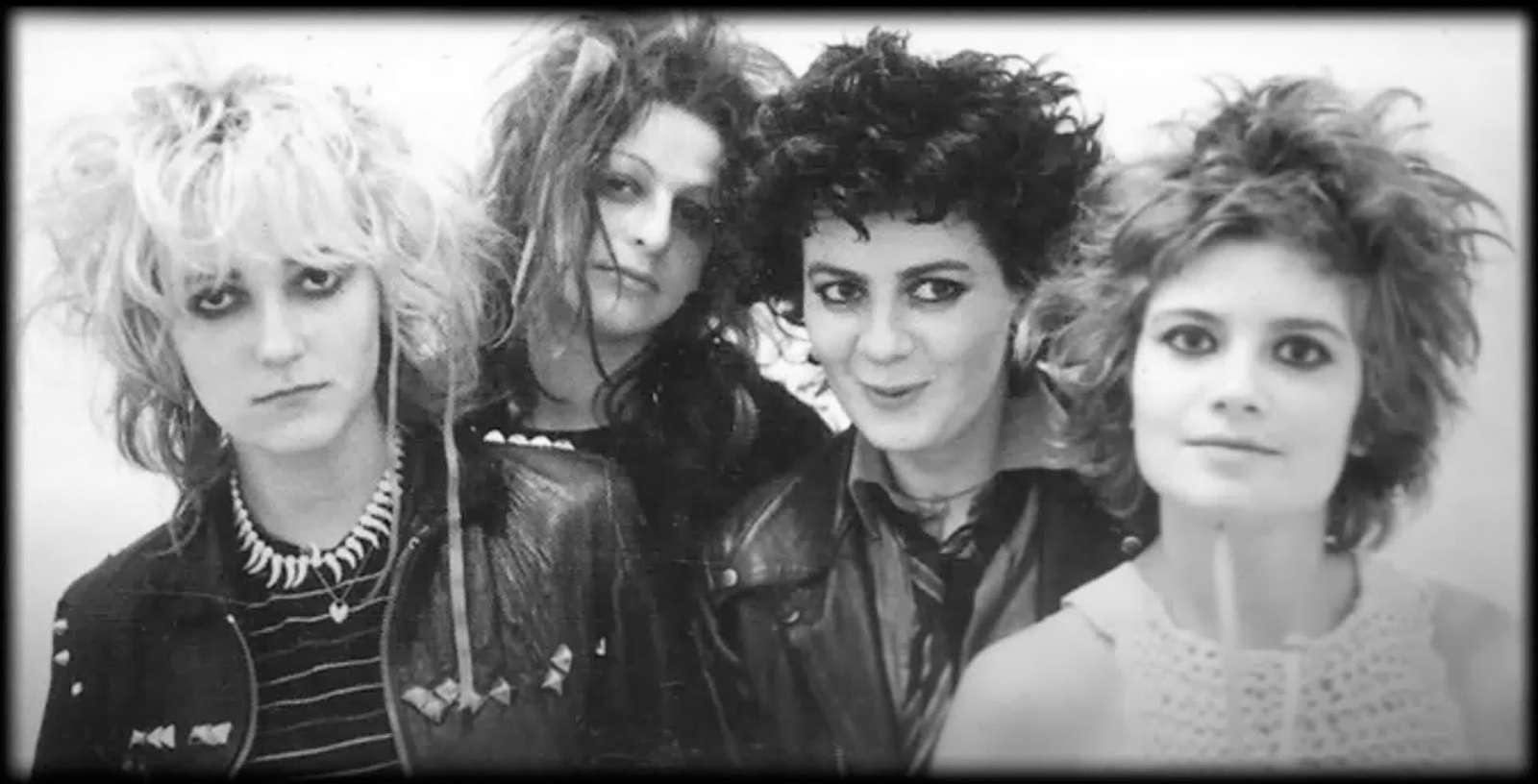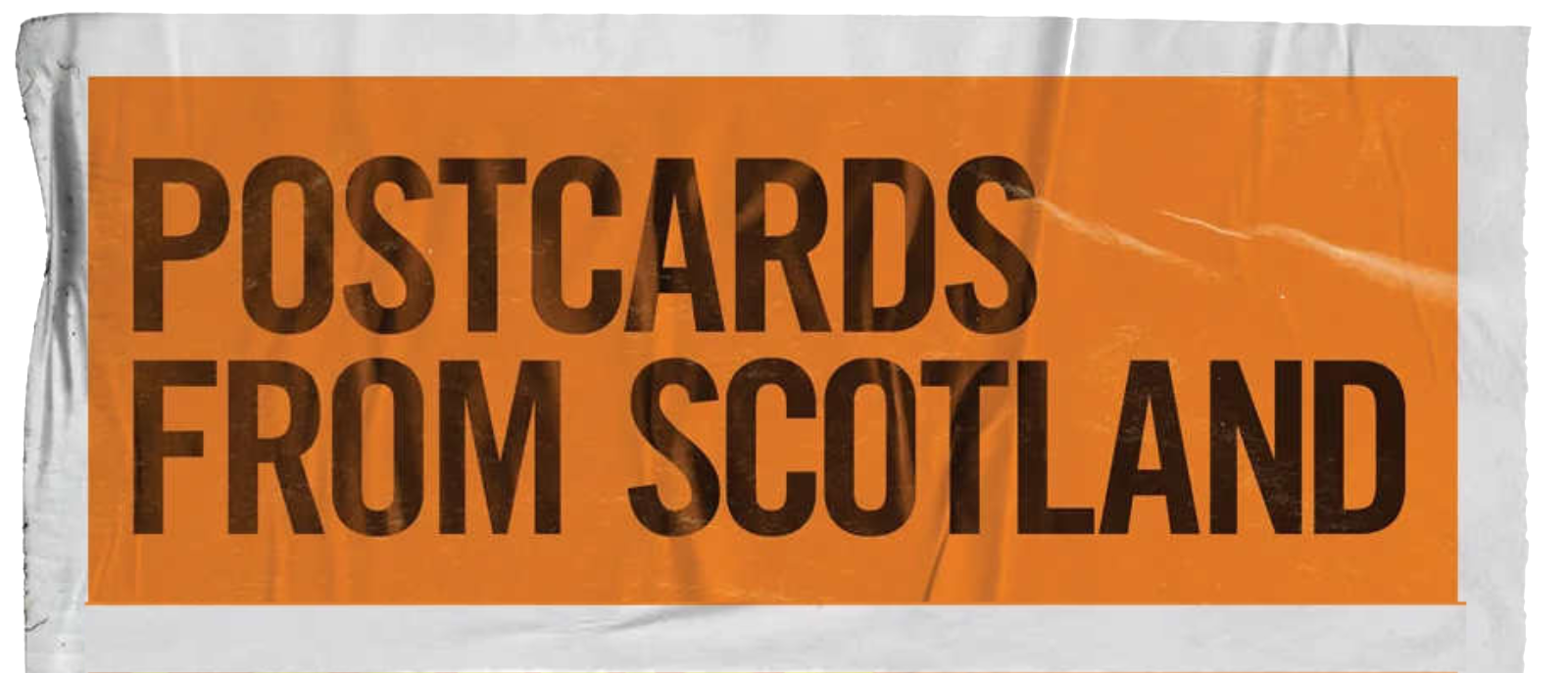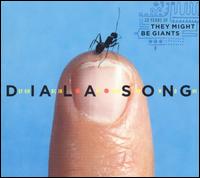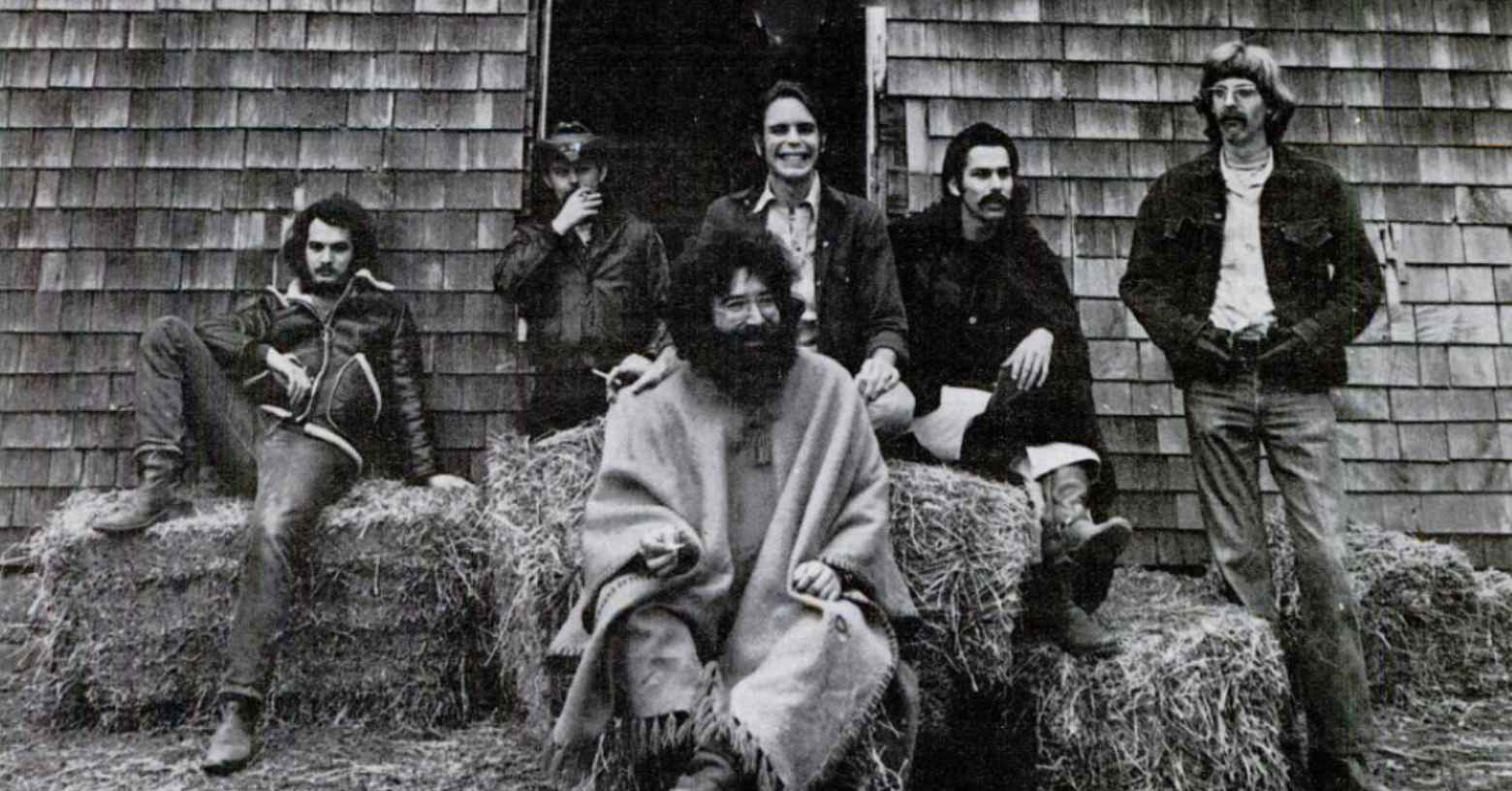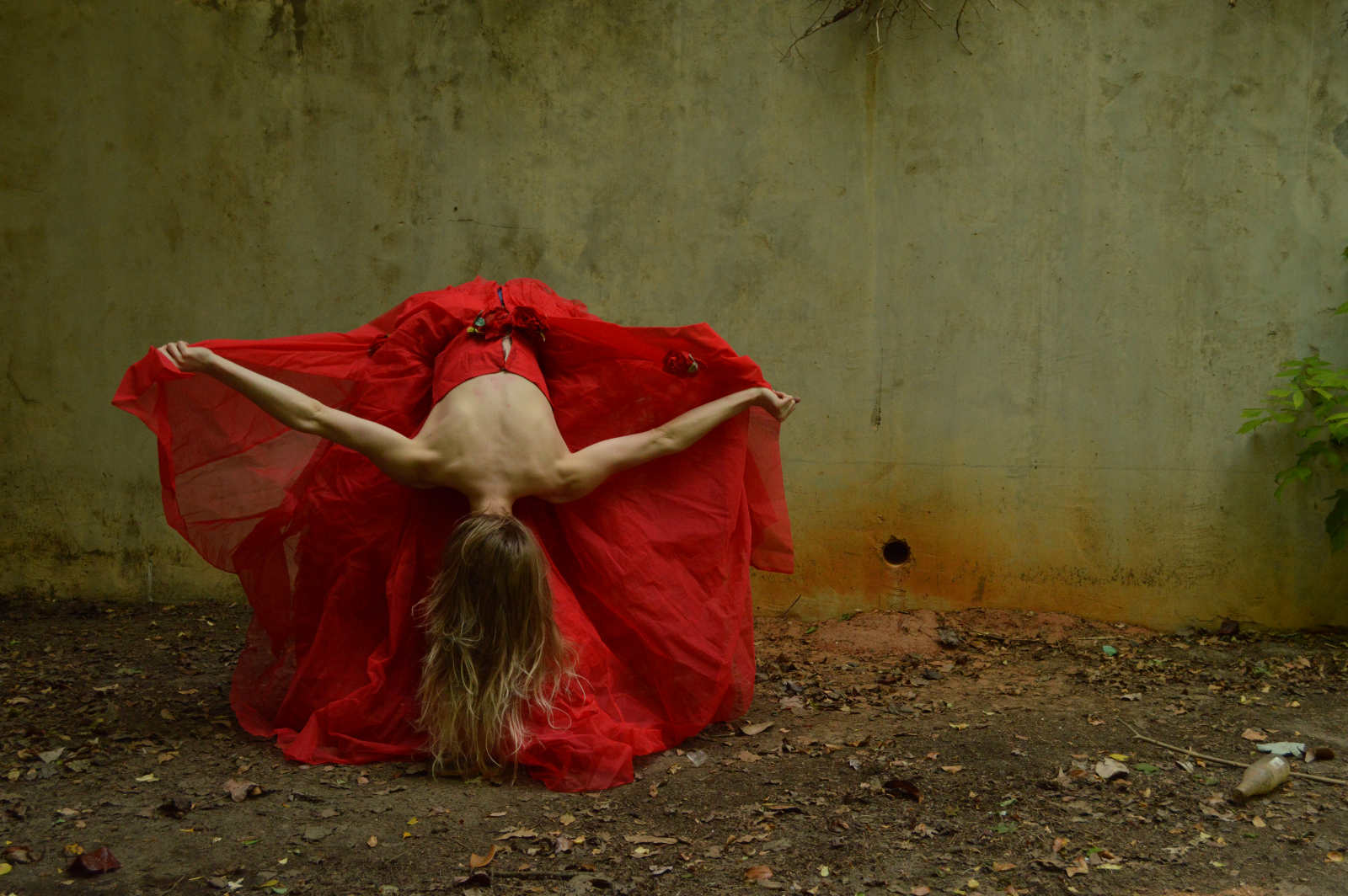I have never read Frank Miller’s gritty noir comic that this film is based on. But even without any prior knowledge of the look, feel or mood of the comic, I have no problem making this declaration: in terms of accuracy when compared to its source material, Robert Rodriguez’s Sin City is the best adaptation of a comic book of all time. The fact that any novice can walk away feeling like they know what reading the comics are like is the best compliment I can pay the film.
That doesn’t mean this is the best movie from a comic book adaptation. There have been plenty of others that have worked better as movies—the original Batman, Spider-Man 2 and X2 all had better constructed stories. But this movie was all about one thing: becoming an all-digital rendering of the pages of the comic. That’s what it promises, and that’s what it delivers.
Okay, so it delivers more than just that. The film, as you can tell from the commercials, is a visual knockout. It was shot on digital video in a green room with the sets inserted digitally. The film is mostly in black-and-white, with a few notable exceptions. The overall result is something that jumps off the screen at you, simultaneously unreal and hyper-real.
Even if the impact of the visual style wears off, there’s still a lot to look at onscreen. Rodriguez and Miller, who’s given a director’s credit here because of the direct impact his work and presence had on the filming (Rodriguez believed with so much conviction that Miller should be credited, he was willing to leave the Director’s Guild because of it) present three stories here, all tangentially connected by a setting. That setting is Basin City, a town full of crooked cops, serial assassins, hookers and perverts. Each story focuses on a hard-boiled man who narrates the story with Raymond Chandler-esque dialog. Each one is trying to accomplish the same essential task: protect a woman’s honor from some lowlife who’s also integrated into the bureaucracy of the city – a corrupt cop, a senator’s son, a bishop.
Bruce Willis plays John Hartigan, the city’s last moral policeman. He’s trying to solve one last case before he’s forced into retirement. In the second story presented, comeback kid Mickey Rourke dons some prosthetic puffiness to play Marv, a deranged and deformed thug with an unnamed mental condition and a sense of honor towards women, especially the one prostitute who was willing to give him the time of day. Clive Owen plays Dwight, a serial killer with a surgically altered face so he can hide out from the law. In his vignette, he’s forced to team with his ex-lover, Gail (Rosario Dawson,) to cover up a murder that threatens the fragile truce between the Basin City police force and the army of whores in the neighborhood known as “Old Town.”
Throw in the fact that Owen is dragged into his scenario because he’s trying to protect his current girlfriend Shellie (Brittany Murphy – is anyone else pleasantly surprised when she’s not completely annoying?) and you can realistically say you’re watching the same story three times. But it’s hard to notice these things when you’re watching great visuals and intense action. “Ultra-violence” doesn’t begin to cover it. There are severed limbs, decapitations, acts of cannibalism, hangings and ninja stars lodged in uncomfortable places. If the film wasn’t so stunning, you’d want to look away. It doesn’t reach the point of overload, thanks mainly to Rodriguez’s sense of where to place the moments of comic relief (particularly one character’s reaction to getting hit by an arrow, which might just be the funniest comic relief scene in any of these movies I’ve ever seen.) The performances are all pretty good too, including a surprisingly lucid Benicio Del Toro and Rourke, who, like Ron Perlman in Hellboy, brings out the human side of an absolute monster.
The downside of Rourke’s performance is that he’s so good Rodriguez obviously wanted to use him a lot, and therefore his narration is the most prevalent out of the four (I’ll leave the fourth as a surprise, even if it is the pre-credits sequence.) This sometimes lent the feel that he was still setting up his story rather than just letting us watch it. Every writing professor will drill this lesson into your head: show, don’t tell. Marv tells.
Also, the sequencing makes sense in the end – it’s interesting to see which character the little girl Hartigan saves at the beginning of the film morphs into (I refuse to spoil.) But it may have been nice if each chapter had a title card or something to delineate where each one ends and begins. Like in Pulp Fiction. Actually, the structure is such that it is impossible to talk about the film without at least mentioning Pulp Fiction, which is nice for writers, because it gives us an easy opportunity to mention that Quentin Tarantino guest-directed a segment. He was reportedly compensated $1 for his services as payback for the $1 work Rodriguez did on the score of Kill Bill. For the record, I would not have been able to determine which scene he directed had I not first read it somewhere else. That’s a credit to both men.
Truly, my complaints are minor. The segments aren’t intertwined, but this is not about a film coming together in the way you expect it to. Nor is it about the dialog or the performances, even if both are good. This is about recreating the experience of reading a comic book. I’d never had the pleasure until I saw the film. That may not make sense now, but if you see it, you’ll understand.
